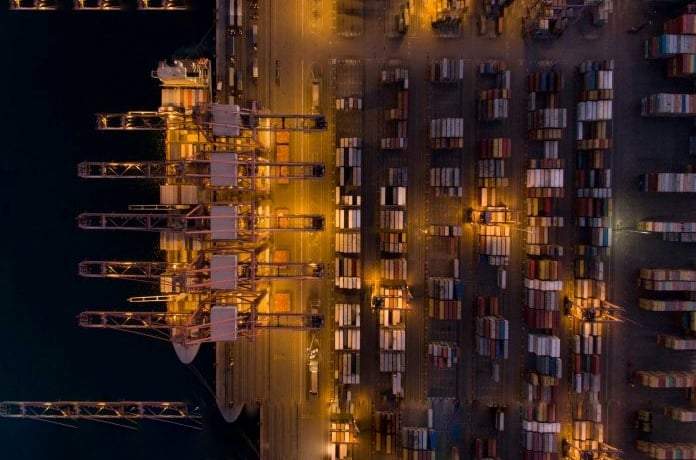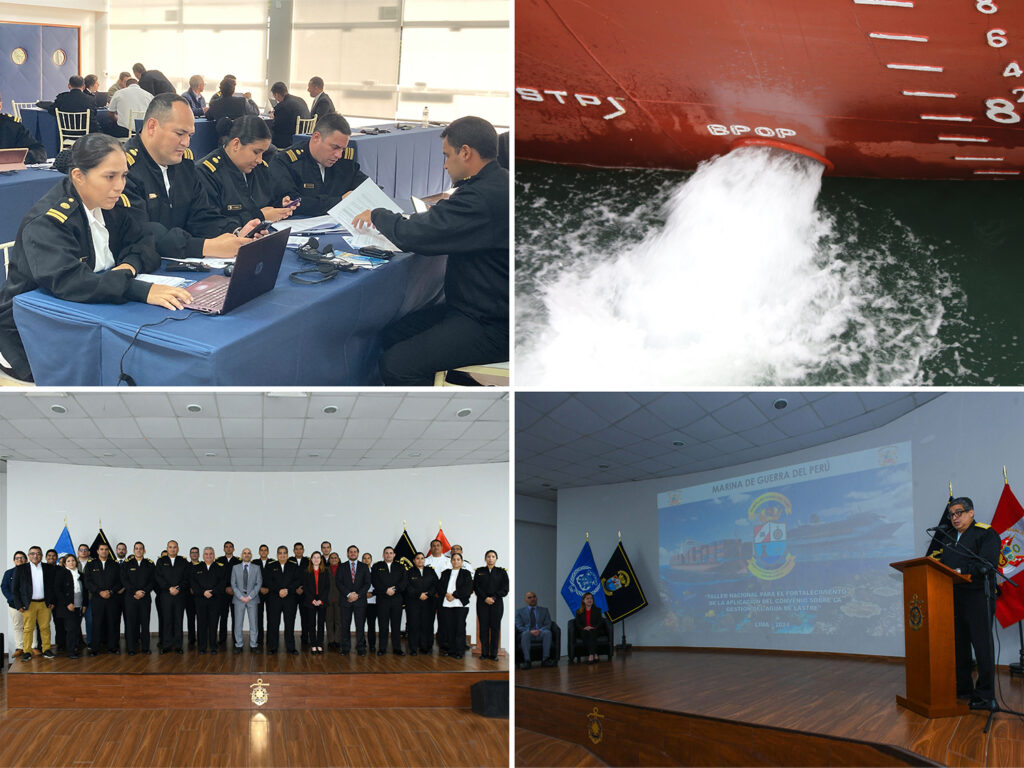Port Said, despite initial setbacks, showed signs of stabilization by the second quarter of 2024.
This analysis highlights the intricate relationship between geopolitical stability, supply chain dynamics, and port operational efficiency. The port connectivity indices and container throughput across three key subsystems—East Med, Red Sea, and Gulf of Aden—are significantly influenced by underlying geopolitical and economic conditions.
These subsystems are represented by key ports: Piraeus, Port Said, Jeddah, King Abdullah, and Salalah
Varied patterns
The port connectivity index for individual ports, as well as for their subsystems, displays varied patterns, reflecting the unique challenges faced by each. Notably, all ports experienced a decline in connectivity following the start of Houthi attacks in November 2023. While the Port of Piraeus also saw a decline, it managed to maintain a relatively stable trend, unlike Saudi ports, which experienced a sharp decline. Port Said, despite initial setbacks, showed signs of stabilization by the second quarter of 2024.

The combined container throughput trend for the East Med closely mirrors the connectivity index, indicating that increased connectivity corresponds with higher throughput volumes. This alignment underscores the critical role of efficient port operations in enhancing trade capacity.

Port connectivity index
In the Red Sea region, encompassing Jeddah and King Abdullah ports, the subsystem faced a significant disruption, with an 85% reduction in average monthly port calls in 2024, as Container News had reported.
This impact has been reflected in the port connectivity index since the fourth quarter of 2023. Despite this, the container throughput for the Red Sea system has shown stability, with a slight upward trend in volumes. This could be attributed to continued investments and infrastructure improvements in Saudi ports.
State fragility index
The state fragility index reveals a stable trend for Greece and Oman in 2023 and 2024, while Saudi Arabia is showing improvement, despite ranking second in fragility. Egypt has the highest fragility score among the examined countries.
Overall, state fragility in the Red Sea and Gulf of Aden regions appears to be improving. However, in the East Med, there is a stark contrast: Greece, with a low fragility score, remains stable, while Egypt, although improving since 2023, continues to rank as highly fragile.


Efficient port operations
When correlating state fragility with the Supply Chain Risk score, the connection between low fragility and efficient port operations becomes clear. Greece, with low fragility and supply chain risk, maintains stable port operations.
Conversely, Egypt’s high fragility and high supply chain risk are linked to significant operational challenges. Saudi Arabia and Oman, both classified as medium risk for supply chains, show different impacts on their respective ports.
By correlating the fragility index with supply chain risk across the subsystems, the following trends emerge:
- East Med: Greece (low supply chain risk, low fragility), Egypt (high supply chain risk, high fragility).
- Red Sea: Saudi Arabia (medium supply chain risk, moderate fragility with an improving trend).
- Gulf of Aden: Oman (medium supply chain risk, low fragility).
Oman’s Salalah port
In Saudi Arabia, the combination of moderate supply chain risk and a relatively stable fragility score creates a balanced environment, supporting sustained investments and operational efficiency. Oman’s Salalah port, despite similar supply chain risk, demonstrates stable connectivity, likely due to its strategic geographic positioning and effective management, which mitigate potential negative impacts.
Hope for resilience.
In the East Med, the stark contrast between Greece and Egypt in terms of fragility and supply chain risk is a cause for concern. While Greece benefits from low risk and stable operations, Egypt’s high risk and fragility create significant challenges. Nevertheless, port calls, connectivity, and throughput in the East Med have remained relatively stable, offering some hope for the region’s resilience.
Source : Container News
Read more :
Piraeus port dockers block ammunition cargo destined for Israel
Sea intelligence : Regional impact of the Red Sea crisis 2024




